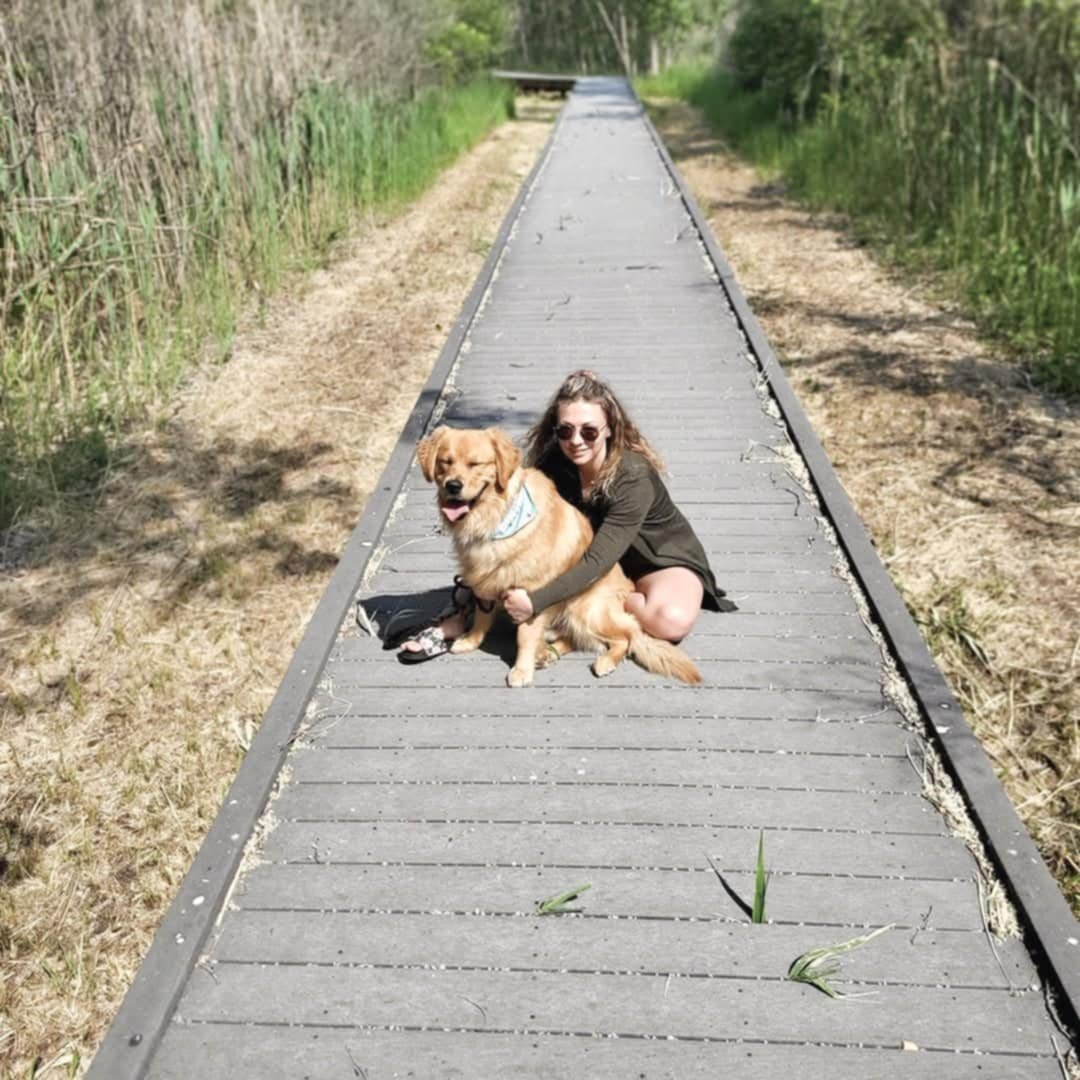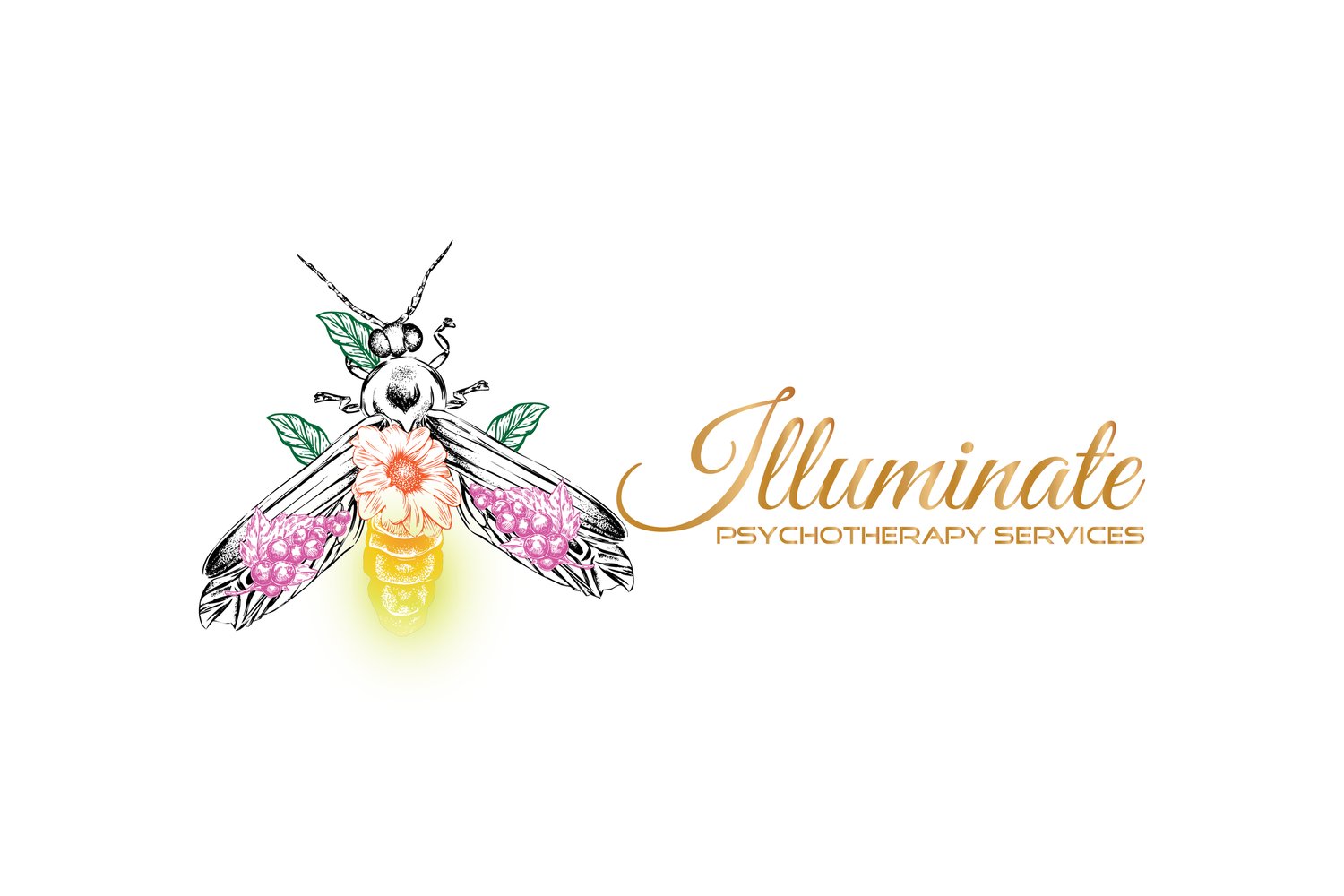
-
Are You Looking for Something to Change?
Below is a list of evidence based modalities of treatment that I am informed on. Let me know which modalities you are curious about and we can discuss their suitability for your needs.
Rate: per 50 minute appointments- $130.00
20 minute Initial Consultation- free
-

Acceptance and Commitment Therapy
Using values to guide behaviour and create psychological flexibility. When you can radically accept your thoughts and emotions, paradoxically they reduce in intensity.
-

Cognitive Behavioural Therapy
How you think affects how you feel. The action you take in your daily routine can improve your mood.
-

Art Therapy
Using expressive arts like movement, music, and visual arts for trauma recovery and emotional release.
-

Walking Therapy
Brisk walking in the forest has been shown to reduce unhelpful/painful thoughts and improve depression. Using mindfulness exercises as we incorporate physical movement allows effective emotional processing.
-

Narrative Therapy
Rescripting your life’s narrative from pain to victory.
-

Cognitive Processing Therapy
Restore view of self following traumatic event(s).
-

Somatic Experiencing
Find and heal emotions through mind-body connection.
-

Emotion Focused Therapy
Using insight from attachment history to improve current relationship to your own emotions and to others.
-

Mindfulness Based Therapy
Harnessing the power of focusing to return to the present moment or flow state.
-

Social Rhythm Therapy
Learning what activities and interactions continually boost your mood.
-

CBT for Insomnia and Dark Therapy
Prevention of depression and mood disorder relapse by rebooting circadian rhythm and sleep drive. Reduce sleep inertia and seasonal effective disorder, prevent mania episodes.
-

Gottman Couples Therapy
How to build and maintain a “sound relationship house” with problem resolution formulas, recovery after argument strategies, and proven methods to deepen your friendship
-

Sensorimotor Psychotherapy
Integrating “top down” and “bottom up” (mind and body) approaches to resolve complex or developmental trauma.
-

Shame Based Therapy
Targeting deep rooted self loathing with excavation techniques.
-

Grief Therapy
Learning how to navigate the winding path of grief, including guilt and intense grief bursts, so you can remember loved ones with more love than pain.
-

Self Havening
Calming the “fight or flight” nervous system based on recent neuroscience discoveries.
-

Internal Family Systems Therapy
A model that addresses problems as “parts” within us that require integration with the conscious self for resolution.
-

Dialectical Behavioural Therapy
Effective in the treatment of emotional intensity, coping with crisis, and living healthfully with borderline personality disorder.
-

Polyvagal Therapy
Integrating lessons from neuroscience to achieve calm in the presence of triggering stimuli, until you no longer feel triggered.
-

Self Compassion Therapy
Using groundbreaking new responses to setbacks and difficulties that replace the inner critic and improve self esteem.
-

Brainspotting
Healing trauma and emotional injury with cutting edge techniques. Uniquely distinct from traditional talk therapies.
-

Emotion Freedom Therapy (Tapping)
You can learn the basics of tapping in as little as one session.
-

Written Exposure Therapy
Resolution of single incident trauma in as few as five sessions, following a writing protocol.
-

Trauma Focused CBT
Treatment for children and adolescents in the recovery of trauma and emotional injury. Parent sessions are integrated into the treatment program.
-

HeartMath
Learn techniques to reset your internal state from responding to stress with fight or flight, to responding with rest, restoration, and positive emotions
-

EMDR
Eye Movement Desentization Reprocessing to help integrate wounds from the past, so they feel like they are really over and done with.
-

Rumination Focused CBT
Intervening to stop the mind “chatter” with a variety of cbt informed techniques.
-

Prolonged Exposure
Lessen the intensity and impact of intrusive and avoidance symptoms of Post Traumatic Stress Disorder through exposure methods, in a safe environment, together as a team.
